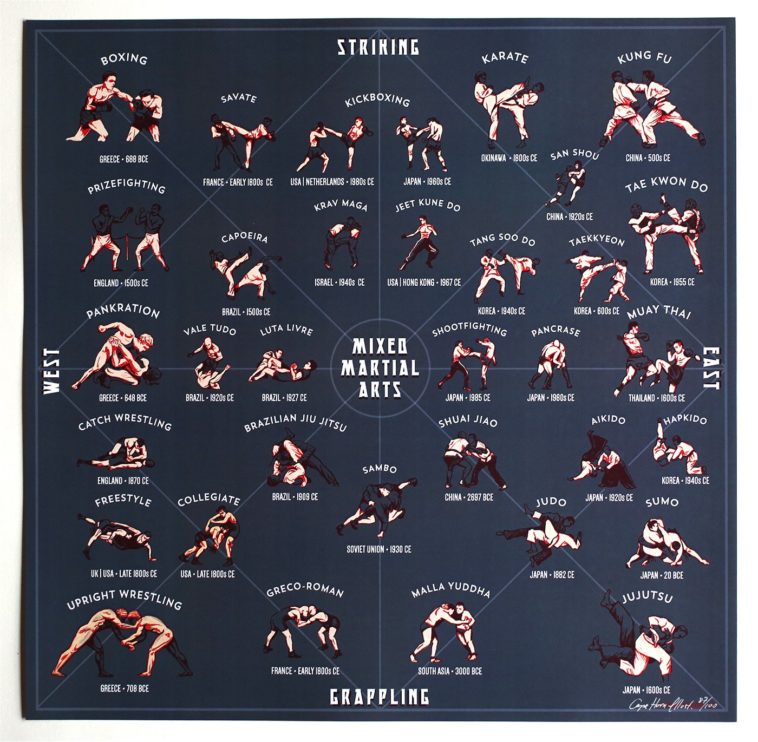Recognizing The Different Belt Levels In Taekwondo: Important Information To Bear In Mind
Recognizing The Different Belt Levels In Taekwondo: Important Information To Bear In Mind
Blog Article
Web Content Writer-Kokholm Sherman
Did you know that there are an overall of 10 belt degrees in Taekwondo? From the beginner's white belt to the respected black belt, each level stands for a milestone in your trip to proficiency.
But what do these belt degrees really indicate? How do white tiger martial arts progress with them?
In mouse click the next web page , we will break down the belt levels in Taekwondo, explore their importance, and reveal what it takes to rise via the ranks.
So, if you're curious to understand the complexities of Taekwondo's belt system and what it indicates for your training, remain tuned.
The Objective of Belt Levels
The function of belt degrees in Taekwondo is to provide a clear and organized progression system for you to track your advancement and ability level. As you begin your Taekwondo journey, you start with a white belt, representing your novice standing. With each belt promotion, you get brand-new expertise, strategies, and responsibilities.
The belt levels serve as landmarks, mirroring your devotion, commitment, and development in the fighting style. They offer a sense of achievement and inspiration to keep pushing on your own to boost. Additionally, belt levels assist trainers and peers review your capabilities and provide proper guidance and training.
Belt Color Styles and Their Definitions
As you advance through the belt degrees in Taekwondo, each color stands for a particular meaning and represents your growth in the martial art.
The white belt, which is the starting point for all beginners, symbolizes purity and virtue.
As you carry on to the yellow belt, it represents the planet from which a plant sprouts and takes root.
The green belt represents growth and the growth of your skills.
Heaven belt represents the sky, where your capacity as a Taekwondo specialist is limitless.
https://carolinanewsandreporter.cic.sc.edu/african-martial-sciences-with-columbias-grand-matriarch/ represents danger and care, reminding you to utilize your abilities sensibly.
Lastly, the black belt stands for mastery and experience, representing your journey towards coming to be a true Taekwondo master.
Each belt shade holds its own special meaning, showing your progress and devotion in this old fighting style.
Advancing Via the Belt Levels
To advance via the belt degrees in Taekwondo, you need to consistently demonstrate your abilities and devotion. Right here's what you require to learn about progressing in this fighting style:
1. ** Practice Makes Perfect **: Normal training sessions are essential to boost your technique and master the needed forms. Repeating hones your skills, allowing you to carry out with accuracy and rate.
2. ** Pushing Your Limits **: Progressing with the belt levels requires pushing on your own past your convenience area. https://bestmartialartsforhyperac66665.blogoxo.com/33400732/basic-taekwondo-moves-for-amateurs 'll be challenged physically and emotionally, yet it's with these obstacles that you expand and boost.
3. ** Checking Your Expertise **: Belt examines evaluate your understanding of Taekwondo principles, including sparring, self-defense, and breaking methods. These tests ensure you have an extensive understanding of the art and are ready to progress to the next level.
Verdict
As you embark on your journey with the belt levels in Taekwondo, remember that each shade holds a deeper significance beyond its surface area look.
Just like the vivid shades of the belts, your progression stands for development, self-control, and perseverance.
As you progress, each belt ends up being a sign of your commitment and mastery of the art.
Embrace the difficulty, press your limits, and let the symbolism of your belt levels influence you to become the very best version of on your own both on and off the mat.
